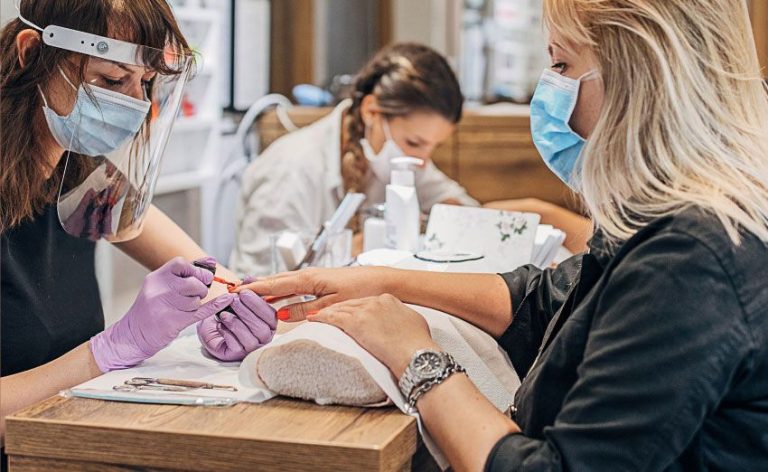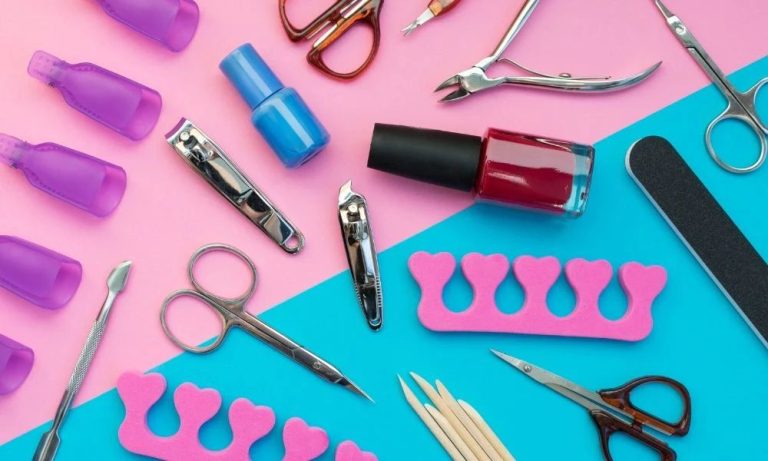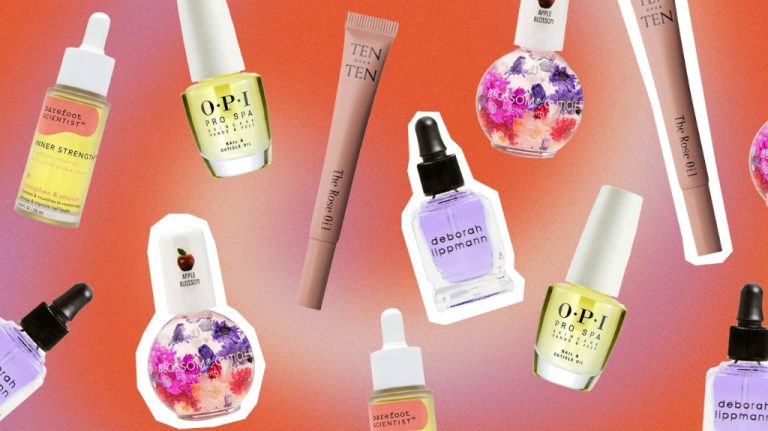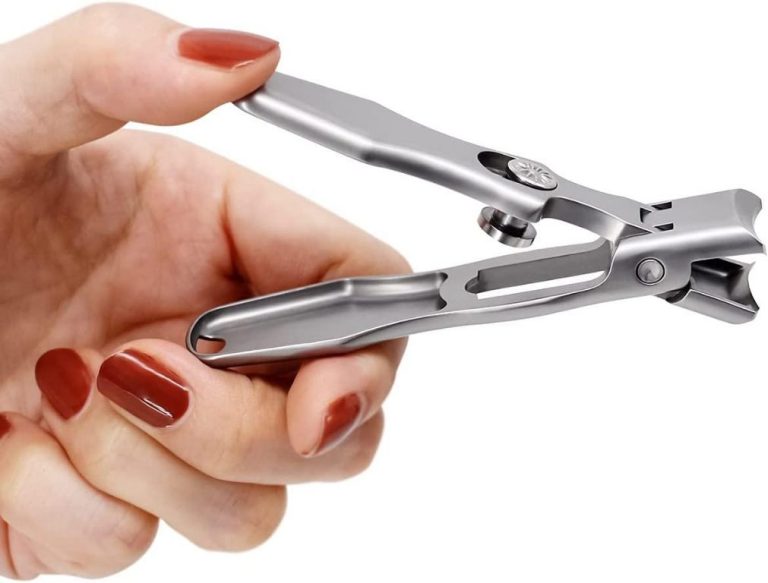Nail Tools 101: The Basics Every Nail Lover Should Know
Nail tools are an essential part of nail care and maintenance. Proper tools allow you to shape, clean, and polish nails safely and effectively. Using quality tools helps prevent damage to the nail plate and skin surrounding nails. This article will provide an overview of the basic nail tools every nail lover should have in their kit.
Good nail tools are important for achieving well-maintained and healthy nails (https://www.wowbaonails.com/blogs/news/what-is-the-importance-of-good-quality-nail-implement-tools, 2023). High quality tools offer durability, safety, hygiene, precision, and comfort when performing nail care. Using proper tools also helps reduce the risk of infection and injury.
Having the right basics allows you to properly trim, shape, push back cuticles, buff shine, clean under nails, and apply polish. With a core set of essential nail tools, you can practice proper nail care and achieve salon-quality results at home.
Nail Files
Nail files are used to shape and smooth the edges of natural or artificial nails. There are a few different types of nail files available:
- Metal nail files are durable and long-lasting, but can be damaging to natural nails if used too aggressively.
- Glass or crystal nail files tend to be gentler on nails than metal files. They help seal the nail’s keratin layers to prevent peeling and splitting.
- Cardboard nail files are the most common. They are inexpensive and disposable but wear down quickly with repeated use.
Nail files come in different grit sizes, which refers to the coarseness or fineness of the abrasive surface. Lower grit numbers indicate a coarser, rougher grit while higher numbers are finer grits. Some common nail file grits include:
- 80-100 grit – very coarse, good for shaping acrylic nails
- 150 grit – medium coarseness, good for shortening natural nails
- 180 grit – medium grit, ideal for general shaping/smoothing
- 240 grit – fine grit, used to refine shape and create a smooth finish
When filing nails, only swipe in one direction to avoid weakening the nail. File gently using light, even strokes. Make sure to file the edges of the nail from the outside in to contour the shape. Avoid filing back and forth or sawing as this can cause nails to split and peel.[1]
[1] https://www.salonsdirect.com/blog/everything-need-know-nail-files/
Nail Clippers
Having the right nail clippers for your needs is important for proper nail care. There are two main types of nail clippers: slanted edge and straight edge. Slanted edge nail clippers have an angled blade and are best for most fingernails. The slant allows you to follow the natural shape of your nail for a clean cut. Straight edge nail clippers have a flat, 90-degree angle blade and are best for toenails which are generally thicker.
Proper clipping technique is also important for getting a clean cut without splitting or breaking the nail. According to How to Trim Your Nails by the American Academy of Dermatology, the proper way is to cut or trim nails straight across, then file the corners slightly to round them off. This helps prevent ingrown nails or sharp corners that can catch on things.
Safety and hygiene should also be considered when clipping nails. Make sure to thoroughly wash hands and disinfect clippers before and after each use. Store clippers in a clean, enclosed case and replace them every 6-12 months or when the cutting edges seem dull. Follow any safety precautions for your specific clippers and closely monitor use for children.
With the right nail clippers and proper technique, you can safely trim nails for better hygiene and nail care.
Cuticle Removers
Keeping healthy cuticles is an important part of proper nail care. Cuticle removers help to maintain cuticles and prevent hangnails or overgrown, dry cuticles.
There are a few main types of cuticle removers:
- Cuticle creams and oils – These moisturize and soften cuticles to make them easier to push back gently. Common ingredients include jojoba oil, vitamin E, and shea butter. Applying a cuticle oil or cream daily helps condition cuticles. According to WebMD, petroleum jelly is an inexpensive choice.
- Cuticle nippers/clippers – These are small clippers designed to neatly trim off any loose pieces of dead cuticles. It’s important to avoid cutting into live tissue.
- Cuticle pushers – These are small metal tools used to gently push back the cuticle from the nail plate. After softening with cream, cuticles can be nudged back with a pusher.
Proper cuticle care involves keeping them well-moisturized and gently removing any excess dead tissue. According to experts interviewed by InStyle, it’s best to avoid cutting cuticles altogether and just focus on keeping them hydrated and pushed back neatly.
Nail Buffers
Nail buffers help shape, smooth, and polish nails. There are a few main types of nail buffers:
- Multi-sided blocks with coarse to fine grits
- Chamois buffers made from leather or other fabrics
- Electric nail buffers for power buffing
To use a multi-sided buffer block, start with the coarsest side and gently buff in one direction. Don’t saw back and forth. Then move to the less coarse sides to refine the finish. Always buff lightly to avoid damaging the nails. For chamois buffers, simply rub the buffer over nails in a circular motion.
Buffing nails provides several benefits:
- Smooths rough edges and ridges for a neat look
- Evens surface texture for better polish adhesion
- Gives nails a natural shine without polish
- Stimulates circulation to promote nail health
However, overbuffing can damage and thin the nails. Use a light touch and don’t buff too aggressively. For best results, buff nails every few weeks as part of your manicure routine.
Nail Brushes
Nail brushes are essential for cleaning underneath the nails and removing debris. There are a few types of bristles commonly used for nail brushes:
- Nylon – Very stiff bristles best for tough cleaning
- Boar Hair – Softer bristles, more gentle on nails
- Horsehair – Stiff but flexible bristles
When brushing nails, hold the brush perpendicular to the nail and make short back and forth motions. Brush gently around the cuticles and under the tips of nails where debris collects. Rinse the brush thoroughly after each use.
Nail brushes should be cleaned frequently for proper hygiene. The CDC recommends cleaning with soap and water after each use [1]. Avoid using hot water, which can damage bristles [2]. Let the brush air dry completely before storing.
Cuticle Oil
Cuticle oil is an essential nail care product that should be used regularly by all nail lovers. It is formulated with various natural oils that provide numerous benefits for the nails and cuticles. Some of the most common ingredients in cuticle oils include jojoba oil, vitamin E, and essential oils like tea tree and lavender.
Cuticle oil can be purchased from beauty supply stores, drug stores, and online retailers. Popular brands include Cuccio Naturale, SolarOil, and Bee Naturals. When shopping for a cuticle oil, look for formulas containing nourishing ingredients like vitamin E and jojoba oil.
To use cuticle oil, apply a few drops to each nail and cuticle area. Gently massage in using circular motions. For best results, apply cuticle oil twice per day – once in the morning and again before bedtime. This helps keep nails and cuticles moisturized around the clock.
Regularly using cuticle oil provides many benefits for the nails including:
- Softening and hydrating cuticles
- Preventing hangnails and cracked cuticles
- Nourishing the nail beds
- Stimulating healthy nail growth
- Boosting circulation to the nail area
- Protecting nails from damage and splitting
Incorporating cuticle oil into your nail care regimen is essential for maintaining beautiful, healthy nails. Just a few drops per day can make a significant difference in the appearance and strength of your nails.
Nail Dryers
Nail dryers, also called nail lamps, are devices that emit UV rays to quickly dry and cure gel, acrylic, or shellac polish on nails. There are two main types of nail dryers:
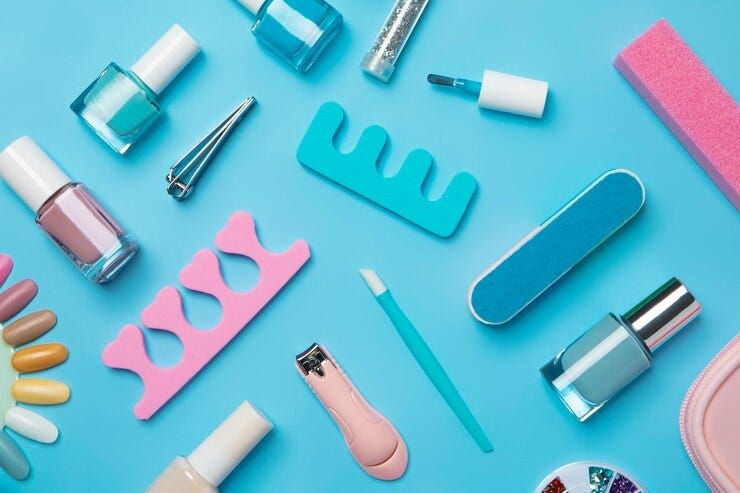
UV nail dryers – These dryers use UV lamps that emit UV rays at a wavelength of 340-400 nm. This UV light cures the photoinitiators in gel polish, causing it to set quickly. Traditional UV lamps primarily emit UVA rays. Some UV lamps combine UVA and UVB light.
LED nail dryers – LED nail lamps use light-emitting diodes that typically emit less harmful rays around 365 nm. LED lamps cure gel polish in about the same time as UV lamps, but some claim they are a safer alternative (1).
When using any nail dryer, proper technique is important:
- Clean nails thoroughly before applying polish
- Apply polish thinly and evenly
- Cure each coat for the recommended time (usually 30 seconds to 2 minutes)
- Avoid cure times longer than instructed
- Position hands carefully inside the lamp to ensure even exposure
While convenient, there are some safety concerns with UV nail dryers. Exposure to UV radiation raises skin cancer risk over time (2). However, occasional use of modern nail dryers seems less risky than prolonged, repeated UV tanning bed use (1). Still, experts recommend taking precautions such as applying sunscreen, wearing fingerless gloves, and avoiding direct hand exposure to sunlight right after a UV or LED manicure to reduce any potential harm.
Nail Polishes
Nail polishes come in a variety of popular types like cremes, shimmers, glitters, and gels. Some of the most popular nail polish colors in 2023 according to experts include classic reds like Revlon Red, nudes like Coffee Beige, and dark colors like black and burgundy.12
When applying nail polish, make sure to start with a clean, dry base. Apply thin coats and let each coat dry fully before adding another layer. Two to three thin coats usually provides good coverage. Use nail polish remover or acetone to remove nail polish. Soak cotton balls and hold on each nail for 30-60 seconds before wiping away. Use cuticle oil after removing nail polish to condition the nails and cuticles.
Conclusion
In summary, the essential nail tools that every nail lover should have are nail files, nail clippers, cuticle removers, nail buffers, nail brushes, cuticle oil, nail dryers, and nail polishes. Keeping these basic tools on hand will allow you to properly care for your nails at home.
To maintain a good nail care routine, it’s important to regularly trim and file your nails to keep them at the desired length and shape. Use cuticle removers and pushers to keep the skin around the nails neat and tidy. Buff nails to smooth ridges and imperfections. Brush nails to stimulate growth and circulation. Apply cuticle oil daily to condition the nails and cuticles. Use nail dryers after polishing to help set the color. With the right tools and techniques, you can keep your nails looking fabulous.
Caring for your nails is easy when you use quality tools and make it part of your regular self-care regimen. With this guide on the basics every nail lover needs, you’ll have the knowledge to keep your nails healthy, beautiful and stylish.
